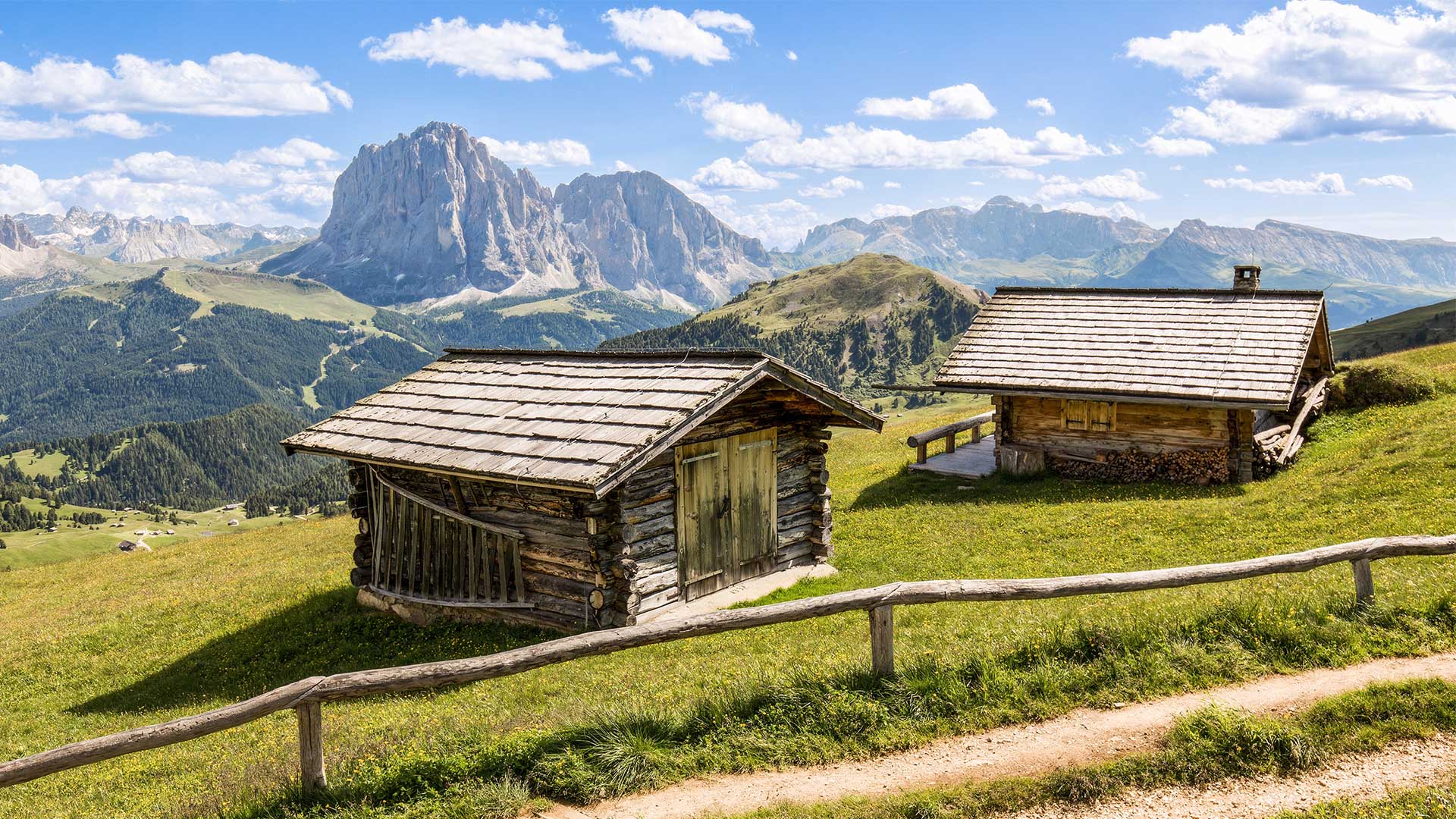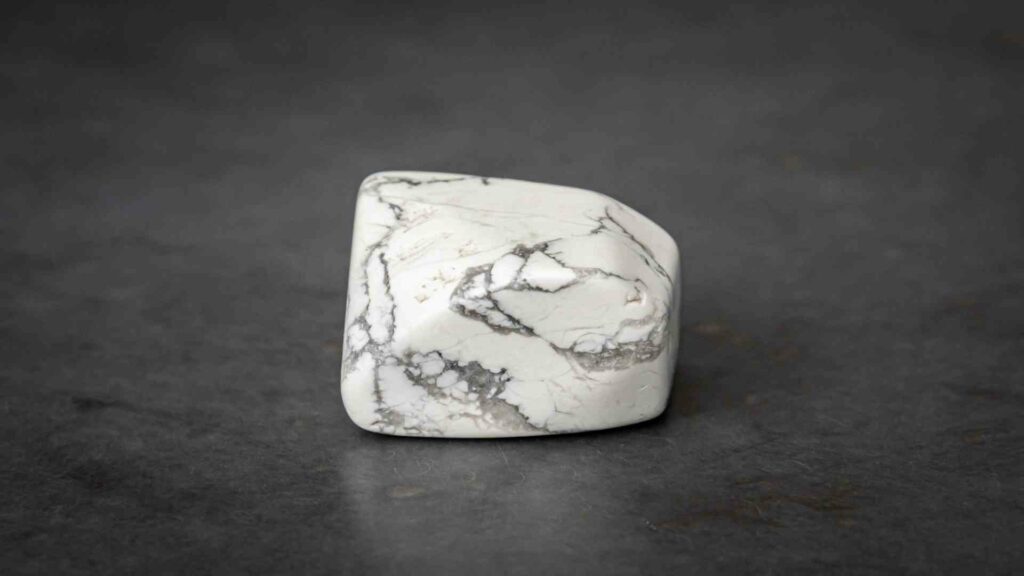Overview
The ultimate defense against wood-destroying fungi and bacteria.
Woods are great. They keep us warm and cozy and give a rustic yet chic feeling to our homes or any other place they adorn. It makes us one with nature. But like in nature, woods inside our homes, workspaces, buildings, and recreational spaces are subject to decay or degradation due to wood-destroying fungi and bacteria. There’s no escaping it. Unless, of course, the woods are treated with boron.

Boron Wood Materials
Boron & Borates, Nature’s Own
Boron is a metalloid, a chemical element with the atomic number 5. Found in nature as borax or sodium tetraborate decahydrate (Na2B4O7·10H2O), it is found naturally on Earth throughout the world, including in seawater and soil.
Traces of boron are just about anywhere – on soil, water, plants, and animals.
Borates get formed when a naturally occurring element, boron, combines with oxygen and other elements to form inorganic salts. Borates are salts that combine boric acid with a base or positive radical.
Over the last century, boric acid, oxides, borates, and boron-based compounds disodium octaborate tetrahydrate (commonly abbreviated DOT) have found their way into wood preservatives globally and have significantly helped to establish borate efficacy in the world of wood treatment.
Be it fungi or bacteria, no microorganism stands a chance against this ultimate ally of wood.
Man & Wood – Wow’s & Woe’s
The first humanoid embraced wood as an integral part of his survival. The initial usage of wood as clubs soon saw wood’s adaptability as per the requirement to multiply manifold across civilizations.
Wood has been one of the choicest materials of construction because of its ability to get easily tweaked into various shapes, painted in hues of the user’s choice, varnished, or allowed to retain its most natural aesthetics. Wood is a good insulator as it does not get as cold as concrete. Its flexibility, durability, and sustainability have made it the material of choice for building homes, bridges, furniture, and art.
As the humble wood transitioned from defense to shelter to transport, so did its longevity.
Wood is an organic matter and hence, susceptible to infestation by microorganisms and pests. Over time, wood degrades – partly due to exposure to elements but mostly due to fungi, bacteria, and wood-eating pests.
The fungus can propagate rapidly in the moist, warm environment of a typical home or office building, made primarily with wooden products such as paneling, furniture, flooring, or even insulation between wall studs. Fungi produce toxic chemicals that not only cause damage to the surface but also compromise wood’s ability to resist decay from exposure to water – often leading eventually to mold growth on surfaces below them.
The Boron Anti-Microbial Guard Kills Fungi, Bacteria & Dust Mites
Due to its toxicity, wood-degrading fungi, bacteria, termites, and insects are affected by boron. Boron compounds have been effectively used to protect wood against such organisms since historical times.
From boats to fences, beds to bridges, wood has been omnipresent in human civilization. And so have the wood-destroying fungi and bacteria-infested man’s inventions.
While man adopted various methods to safeguard all the wood using olive oil, tars, mercury chloride, and arsenic oxide compound, it was not until the 1800s that the efficacy of borates for wood preservation came to the fore.
History records indicate how wood preservation became significantly important during the Industrial Revolution.
Timber scientists worked around formulations from sodium chloride, boric acid, chromium boron, and copper-chromium-boron during the period until the value of borates as a standalone component for wood-destroying insects developed in both New Zealand and Australia in the 1930s became commercialized in 1949.
However, with conscious consumers asking for non-toxic alternatives to preserve wood and wood-based products and construction, borates have become a formidable contender in the game.
The boron treatment inoculates wood by making it more resistant to fungal degradation. Hence, they last longer and look better over time without periodic maintenance treatments like varnishing.
Boron acts as an effective antifungal and antibacterial agent for wood surfaces. It kills many fungi and bacteria cells with its strong oxidizing power because it’s highly reactive and forms many different compounds depending on what other elements are in their environment.
The mineral can be applied to the surface of lumber, plywood, or other woods as a protective coating that will prevent rot from forming on these items when exposed to water in humid environments like bathrooms.
Borax, boric acid, and Etidot 67 (disodium octaborate tetrahydrate) convert to boric acid when they come in contact with wood. The toxicity and, thus, the preservation of the wood is due to a complexing (chemical reaction) that occurs when borax reacts with polyols in wood. This chemical reaction kills decay fungi and insects, such as termites, which destroy and damage lumber.
Borates disrupt the enzymes’ cellular production, allowing fungi to extract nutrients from the wood. This means borax could reduce mold growth while simultaneously inhibiting bacterial colonies such as E-coli that have been found growing alongside it.
In addition to fighting fungi and bacteria, borates repel wood-eating insects by messing up their digestive system, eventually leading to death. Certain borate formulations may also stop corrosion in wood, while other formulations and applications act as a fire retardant.
Compounds like Ammoniacal Copper Quinolate with boron (ACQ-B) and Copper Azole with boron (CBA) have found wide use as an alternative to Chromated Copper Arsenate (CCA). (CCA’s use to treat timber for residential use has been banned in the US since December 2003.)
Scientists now suggest using borate for wood preservation seems especially helpful since this is an effective and healthier alternative than many chemical treatments that leave toxic residues behind.
Application of Borate Compound on Wood
Borates and boron compounds are popular as affordable, durable, and environmentally safe treatment options for preserving wooden structures. Be it fungi, bacteria, termites, carpenter ants, or wood-boring beetles, borates make their existence on wood extremely difficult.
Treating lumber and plywood with borates has been proven effective against these wood-rotting organisms and pests.
Borate’s penetration (in the wood) depends on the wood’s moisture content. The fresher the timber is, the better its absorption of borate will be. Borates are effective in softwood species like spruce and fir, compared to hardwood species like oak and hickory.
Treatment options include the vacuum pressure process popular in North America and dip-diffusion.
In the vacuum pressure process, the material is put under high levels of pressure until it becomes hot enough that they heat up just like a furnace does, while in the second option, the materials are immersed into an acidic solution slowly so as not to break down any chemicals but instead, allowing them time to react on their own gradually.
This apart, topical or surface application method also exists, primarily for residential applications. That, however, does not help the wood much since the penetration level is minimal.
For utility poles susceptible to moisture, the industry has developed an amorphous boron rod placed inside the pole’s drill hole, providing protection.
Lastly, for engineered wood comprising wood composites, the wood particles are treated during the production process with various borates, including zinc borate.
Borate must be applied to bare wood that is not stained or painted so that it soaks up the mixture well.
Boron is the ultimate ally wood has. Touch Wood!
It is advisable to undertake borate treatment beforehand rather than waiting for the infestation.





